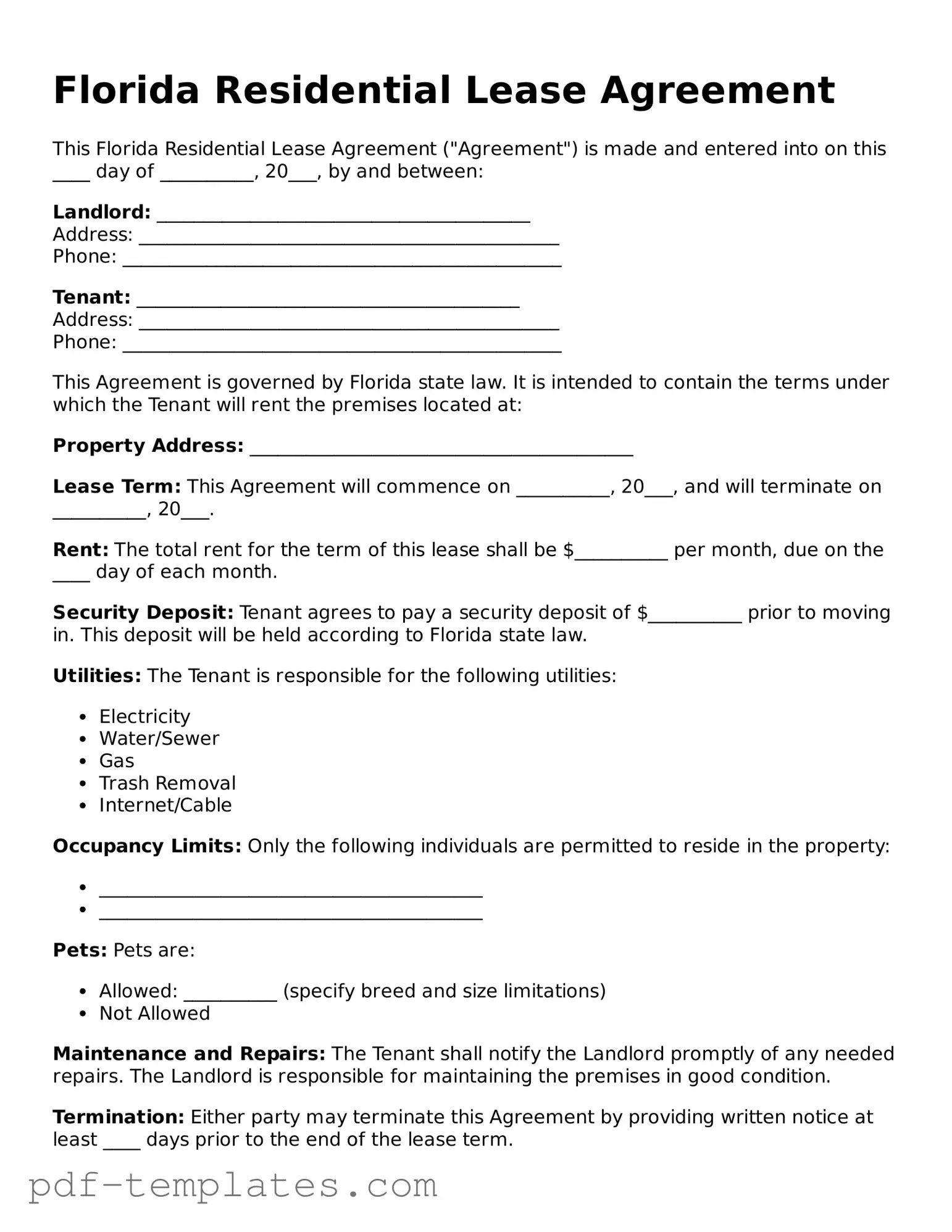The Florida Residential Lease Agreement shares similarities with the Commercial Lease Agreement. Both documents outline the terms under which a property is rented, specifying the responsibilities of the landlord and tenant. While a residential lease typically covers living spaces, a commercial lease pertains to business premises. Both agreements detail rent amounts, payment schedules, and the duration of the lease, ensuring clarity for both parties involved.
The Asurion F-017-08 MEN form is vital for efficiently managing insurance claims related to electronic devices, providing a structured way for customers to request necessary assistance. To ensure a smooth process, you can access the form through this link: pdftemplates.info/asurion-f-017-08-men-form, which will guide you through the completion steps required for effective support.
Another related document is the Month-to-Month Rental Agreement. This type of lease allows tenants to occupy a property on a flexible basis, with either party able to terminate the agreement with proper notice. Like the Florida Residential Lease Agreement, it includes essential details such as rent, security deposits, and rules regarding the property. However, the month-to-month agreement offers less stability for tenants compared to a fixed-term lease.
The Sublease Agreement is also similar, as it allows a tenant to rent out their leased property to another individual. This document must align with the original lease terms and requires the landlord's consent. Both agreements outline the rights and responsibilities of the parties involved, ensuring that the primary tenant remains accountable to the landlord while allowing for flexibility in occupancy.
A Roommate Agreement can be compared to the Florida Residential Lease Agreement, particularly when multiple tenants share a rental property. This document outlines the terms of living together, including rent sharing, utilities, and household responsibilities. While the residential lease governs the relationship with the landlord, the roommate agreement focuses on interpersonal dynamics among tenants.
The Lease Option Agreement is another similar document, providing tenants the option to purchase the property at the end of the lease term. This agreement combines elements of leasing and purchasing, allowing tenants to build equity while renting. Both agreements specify payment terms, duration, and property maintenance responsibilities, but the lease option adds an investment component for the tenant.
Finally, the Rental Application serves as a precursor to the lease agreement. It collects essential information about potential tenants, such as employment history and creditworthiness. While it does not govern the rental relationship, it plays a critical role in the selection process, ensuring that landlords can make informed decisions. Both documents aim to protect the interests of landlords and tenants by establishing clear expectations from the outset.
